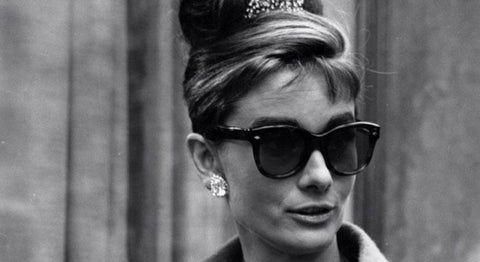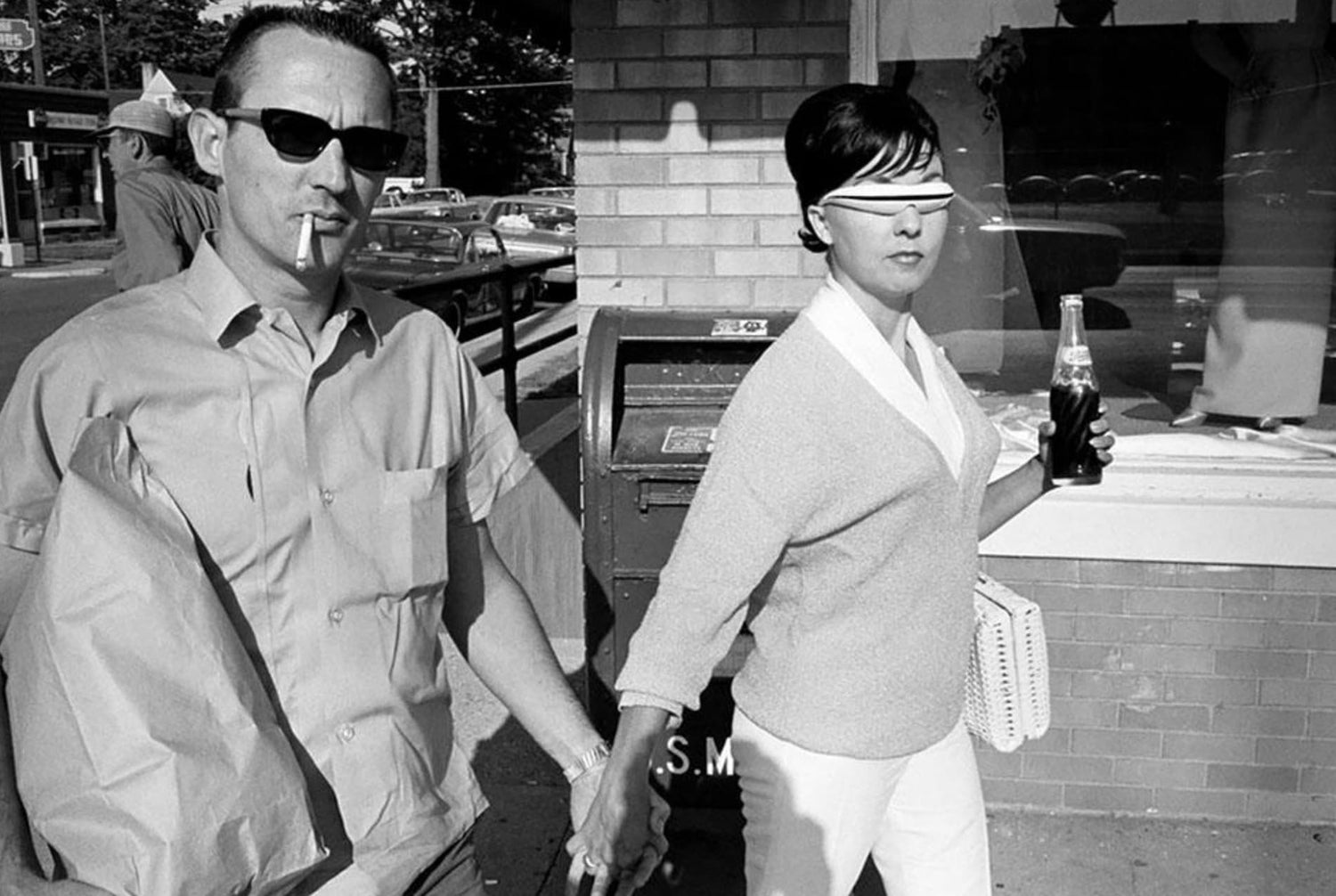
The Harlequin became the Cat Eye
The Harlequin became the Cat Eye
A frame that changed everything.
There are certain shapes that live forever in fashion—and the iconic Cat Eye is one of them. Curved with an upward flick that feels more like punctuation than a frame, the Cat Eye has long been a symbol of social class, femininity, and fashion. They don’t just accentuate personality in eyewear—They frame it!
Originally called the Harlequin, the Cat Eye was the vision of Altina Schinasi—an American sculptor, filmmaker, actress, entrepreneur, window dresser, designer, and inventor. Inspired by the silhouettes of Venetian Harlequin masks, she imagined a frame that would elevate, not hide, the face. Rejected by every major optical manufacturer at the time, in 1939 she eventually found a partner in Lugene, a boutique on Madison Avenue in New York City. It was a quiet risk that changed everything. A Vogue editor purchased a pair from the shop, and just like that, what began as a sculptural concept became a cultural phenomenon.
A Cultural Shift
In the early days, Cat Eye frames came in dark, modest tones. But once acetate—a rich, sculptable material traditionally used for ornate Spanish hair combs—entered the picture, color transformed the category. Suddenly, women weren’t just wearing glasses—they were collecting them. Swapping frames to match outfits. Dressing with intention, all the way up to the brow line.
By the 1950s, Cat Eyes had evolved into a genre of their own. Every optician, every fashion house, had a version. They were no longer eyewear—they became a symbol of high fashion.
A few decades later, and the Cat Eye frame is still strong. Marilyn Monroe made it playful and sultry in 1953, often seen in rhinestone-studded pairs that matched her bombshell persona. Grace Kelly wore hers softly—refined and timeless in 1955, while Audrey Hepburn gave it a spotlight in Breakfast at Tiffany’s in 1961, where her bold black Cat Eyes became as memorable as her little black dress. Elizabeth Taylor leaned into drama, pairing hers with diamonds and eyeliner in 1963.
In more recent years, artists like Rihanna (2014) and Beyoncé (2016) have redefined the silhouette with power and edge, turning the frame into modern-day armor. On the runway, Lady Gaga (2011) and Dita Von Teese (2009) have explored its extremes—from surreal sculptural shapes to vintage purism. And now, a new generation—Bella Hadid (2018), Zoë Kravitz (2021), and Jenna Ortega (2025)—is carrying it forward with our very own AZYR pair. The Cat Eye transitions beautifully across decades, faces, and moods. Each wearer gives it new meaning. And yet, its soul stays the same.
Shape, Soul & Symbolism
The upswept silhouette mimics a lifted brow and elongated lash line—shapes traditionally associated with attentiveness, elegance, and allure. The frame doesn’t just complement the face—it dramatizes the gaze. At once feminine and assertive, it embodies both beauty and an elegant power.
While it rose to fame in the U.S., its influence traveled continents. In France, it’s tied to old-Hollywood chic. In Japan, it’s been reimagined through manga-inspired proportions. And across North Africa and the Middle East, archival frames in gold filigree and gradient tints continue to surface in markets and family heirlooms. Each region offers its own take—yet the silhouette remains unmistakably iconic
Today, brands like Anna Sui and Miu Miu continue to play with the shape, bending it into surrealism and drama, but its origin stays rooted in intention.
And in a modern era of endless trend cycles, only the original and the authentic will stand the test of time.
Authentic vintage Cat Eyes were crafted from high-grade cellulose acetate—hand-cut, heat-molded, and designed to age with grace. Unlike many modern mass-produced frames, early Cat Eyes were fitted with solid seven-barrel hinges and sculpted nose bridges, details meant to endure. These weren’t designed for a season. They were built for decades, and they’ve outlived every trend since.
Get Your Own
When you find the right one, you’ll know. Because it won’t just fit. It’ll feel like the missing piece you’ve been looking for forever..
From the green rhinestone-studded frames of the 1950s to rare Alain Mikli sculptural pairs from the 1980s, these glasses have become coveted pieces in vintage circles, and even hold cult status. To collect them is to archive fashion history—one wearable artifact to stand strong in the next era.
Want a piece of that legacy? Discover our Smooches: 1980s Alain Mikli Sunglasses—a standout Cat Eye silhouette, curated and restored by AZYR Specs. A one-of-a-kind frame from one of eyewear’s most inventive eras.

